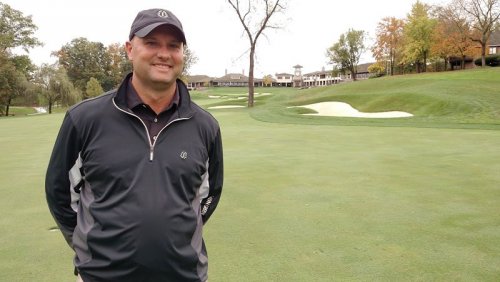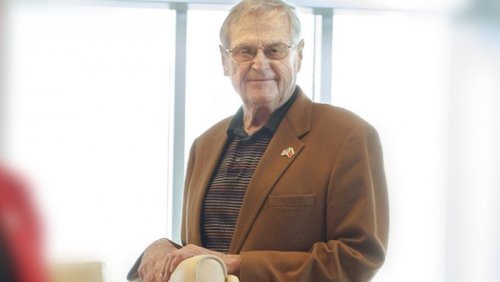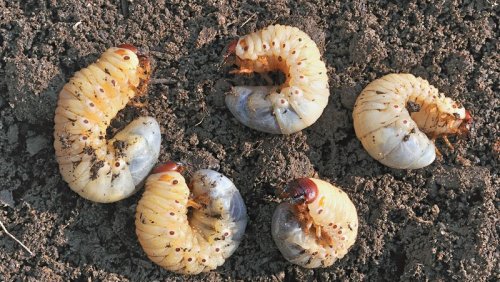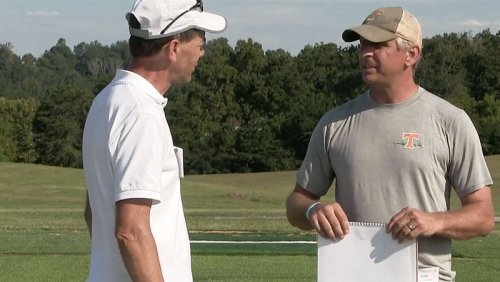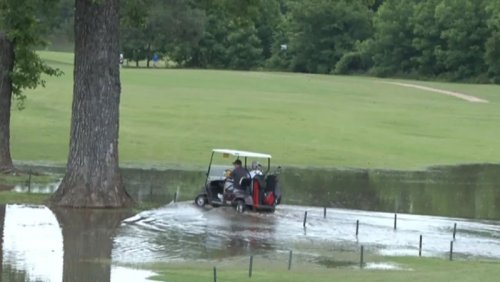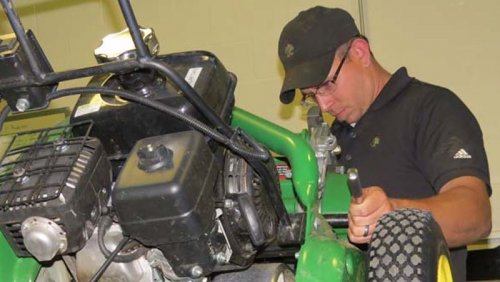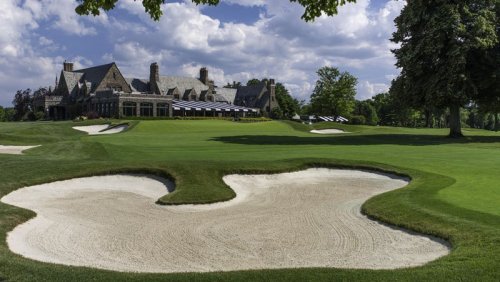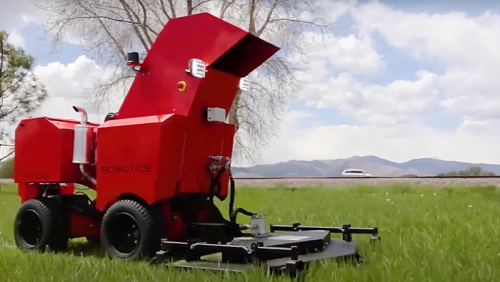

The winner will be profiled in the coming weeks on TurfNet and will receive the Golden Wrench Award and the opportunity to volunteer at next Year's Players Championship at TPC Sawgrass in Ponte Vedra Beach, Florida, or admittance into a training session at the John Deere factory training center in Morrisville, North Carolina.
Criteria on which candidates are judged include: crisis management; effective budgeting; environmental awareness; helping to further and promote the careers of colleagues and employees; interpersonal communications; inventory management and cost control; overall condition and dependability of rolling stock; shop safety; and work ethic.
Click on the links below to read about each finalist.
Doug DeVore, Desert Mountain, Scottsdale, Arizona
Brandon Hoag, Glens Falls Country Club, Queensbury, New York
Evan Meldahl, Bayou Oaks at City Park, New Orleans, Louisiana
Previous winners include (2019) Dan Dommer, Ozaukee CC, Mequon, WI; (2018) Terry Libbert, Old Marsh Golf Club, Palm Beach Gardens, FL; (2017) Tony Nunes, Chicago Golf Club, Wheaton, IL; (2016) Kris Bryan, Pikewood National Golf Club, Morgantown, WV; (2015) Robert Smith, Merion Golf Club, Ardmore, PA; (2014) Lee Medeiros, Timber Creek and Sierra Pines Golf Courses, Roseville, CA; (2013) Brian Sjögren, Corral de Tierra Country Club, Corral de Tierra, CA; (2012) Kevin Bauer, Prairie Bluff Golf Club, Crest Hill, IL; (2011) Jim Kilgallon, The Connecticut Golf Club, Easton, CT; (2010) Herb Berg, Oakmont (PA) Country Club; (2009) Doug Johnson, TPC at Las Colinas, Irving, TX; (2007) Jim Stuart, Stone Mountain (GA) Golf Club; (2006) Fred Peck, Fox Hollow and The Homestead, Lakewood, CO; (2005) Jesus Olivas, Heritage Highlands at Dove Mountain, Marana, AZ; (2004) Henry Heinz, Kalamazoo (MI) Country Club; (2003) Eric Kulaas, Marriott Vinoy Renaissance Resort, Sarasota, FL.
- Read more...
- 3,703 views


